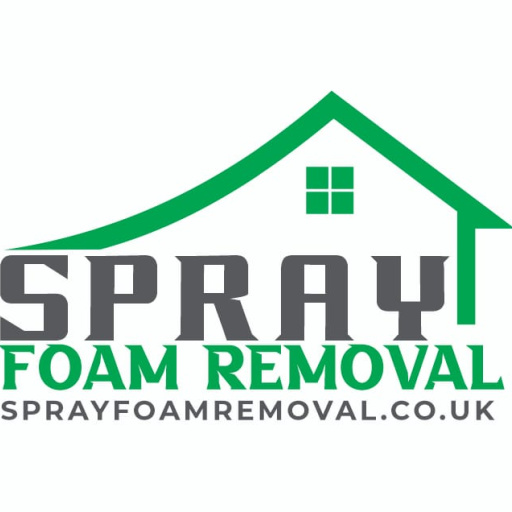Spray foam insulation is a popular choice for homeowners and contractors due to its energy efficiency and ability to seal gaps effectively. However, when it comes to removing spray foam insulation, the process can be challenging and potentially hazardous. Understanding the risks associated with spray foam insulation removal is crucial to ensure safety and prevent damage to the surrounding environment.
Health Risks of Spray Foam Insulation Removal
- Exposure to Harmful Chemicals
- Spray foam insulation contains isocyanates, which can cause severe respiratory issues, skin irritation, and allergic reactions when disturbed. During removal, these chemicals can become airborne, leading to potential inhalation risks.
- Respiratory Hazards
- The removal process can generate fine particles and dust, which can irritate the lungs and exacerbate pre-existing conditions such as asthma or bronchitis. Wearing proper respiratory protection, such as an N95 or P100 mask, is essential.
- Skin and Eye Irritation
- Direct contact with spray foam insulation can cause rashes, burns, and eye irritation. It is vital to wear gloves, protective eyewear, and long-sleeved clothing to minimize skin exposure.
Structural and Environmental Risks
- Damage to Building Materials
- Spray foam adheres tightly to surfaces, making it difficult to remove without damaging drywall, wood, or other structures. The removal process may involve scraping, sanding, or using solvents, all of which can affect the integrity of the building materials.
- Toxic Fumes from Chemical Removal Methods
- Some removal techniques involve the use of chemical solvents, which can release harmful fumes. Proper ventilation and the use of environmentally safe removal products are necessary to reduce risks.
- Dust and Debris Contamination
- The particles released during removal can settle on furniture, flooring, and ventilation systems, posing health risks to occupants if not properly cleaned up. Using containment measures, such as plastic sheeting and air filtration systems, can help minimize contamination.
Safe Removal Methods
- Mechanical Removal
- This method involves scraping or cutting away the insulation with hand tools or power tools. While effective, it requires protective gear to prevent exposure to airborne particles.
- Chemical Removal
- Certain biodegradable solvents can break down spray foam insulation, making it easier to remove. However, these should be used with caution and in well-ventilated areas.
- Professional Removal Services
- Hiring professionals who specialize in spray foam insulation removal is the safest option. They have the necessary equipment and expertise to handle the process safely and efficiently.
Conclusion
Spray foam insulation removal is a complex and potentially hazardous task that requires careful planning and proper safety precautions. Exposure to toxic chemicals, respiratory risks, and structural damage are primary concerns that should not be overlooked. If removal is necessary, following safe methods or seeking professional assistance can help minimize risks and ensure a safe and effective process.





Comments